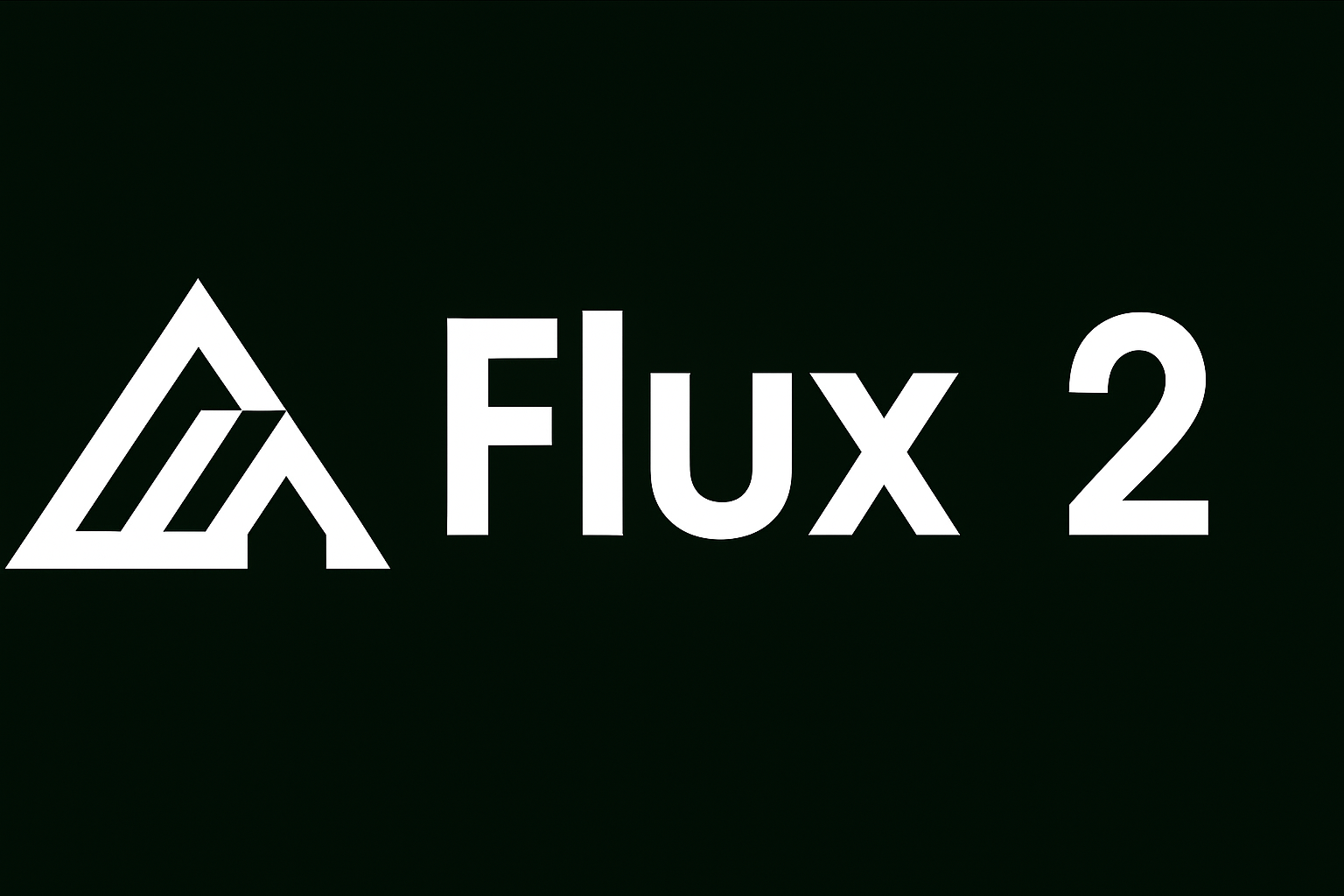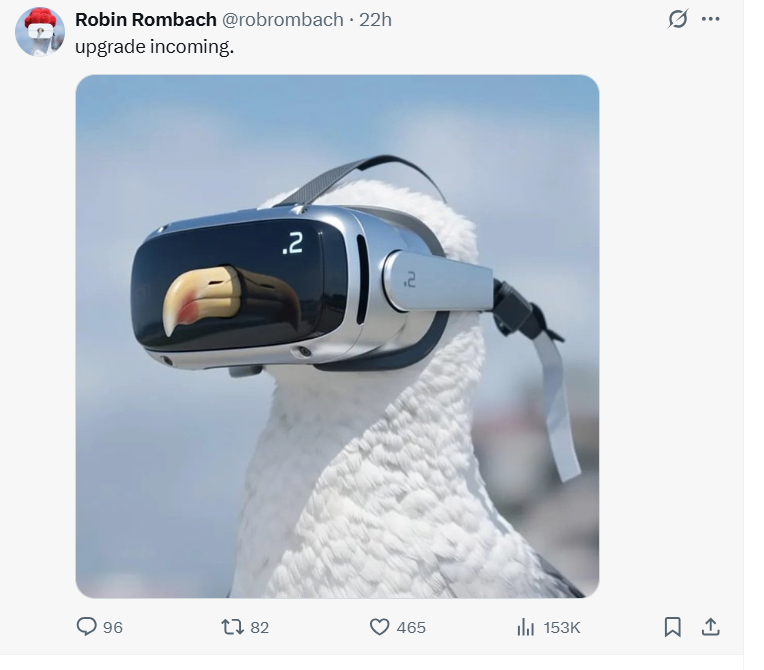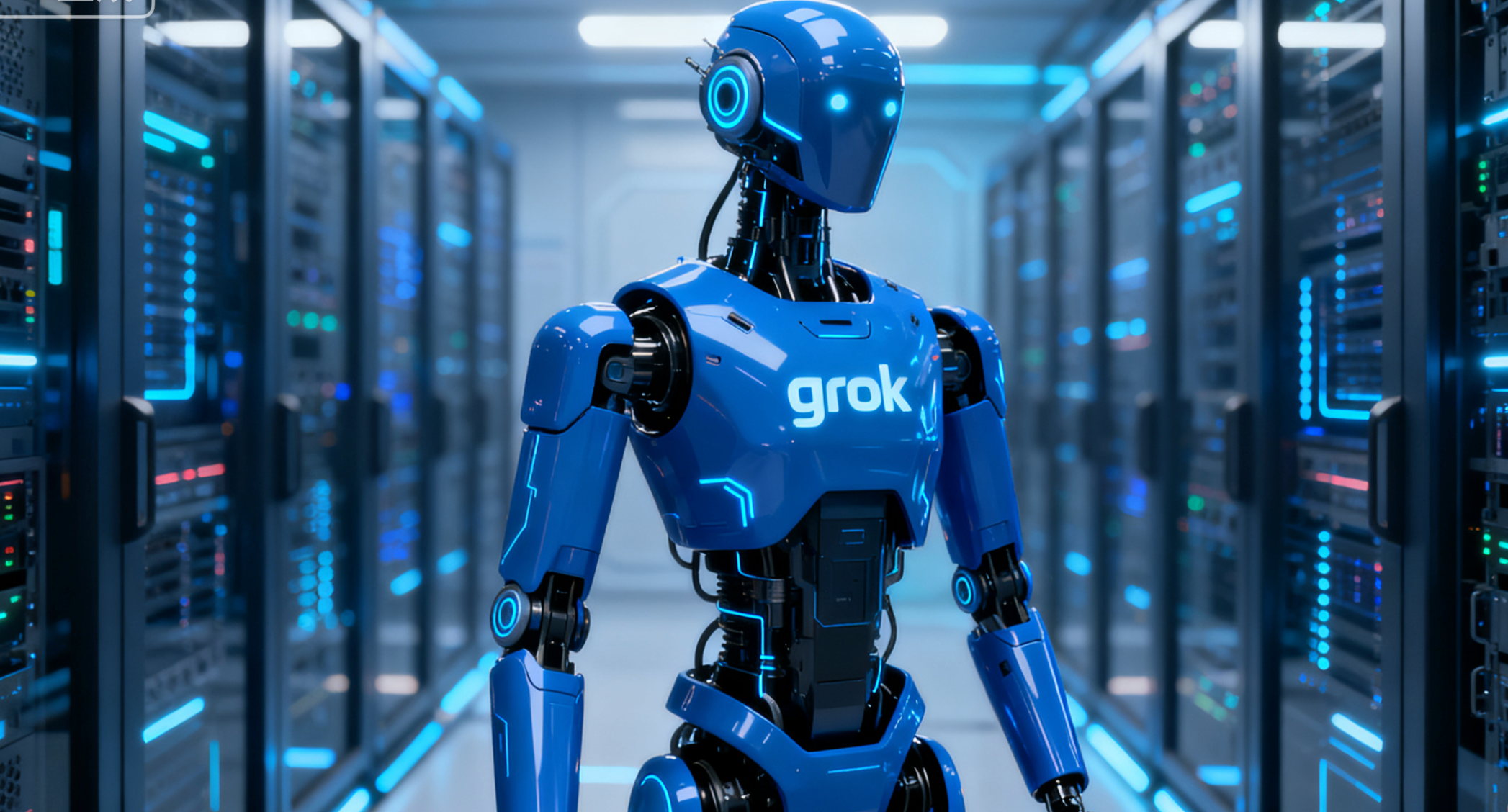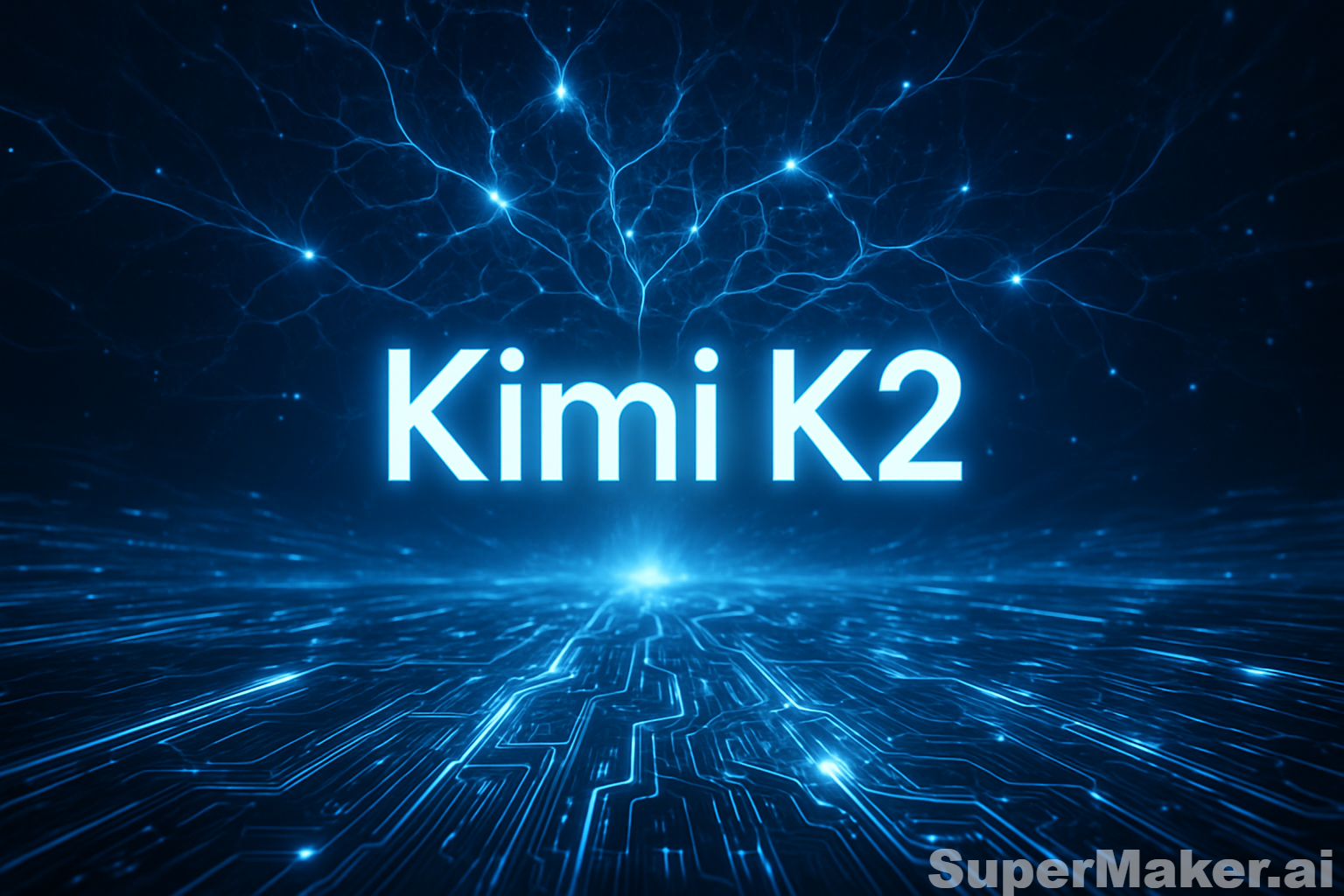Flux 2 Updates & Insights: Everything We Know So Far

Robin Rombach, one of the co-founders of Black Forest Labs and a driving force behind the evolution of Stable Diffusion, recently dropped a simple message on X: “Upgrade incoming.” No context. No explanation. But for those watching closely, it felt like a countdown — a subtle teaser pointing directly toward the arrival of Flux 2.

What Is Flux? — The Core Model of Black Forest Labs
If you’ve been following the generative AI space, you’ve likely heard the name Black Forest Labs (BFL) whispered with a mix of reverence and excitement. But who exactly are they?
Black Forest Labs isn't just another AI startup; they are the "rebels" of the industry. Founded by the original creators of Stable Diffusion (including Robin Rombach) after they departed Stability AI, BFL was formed with a singular mission: to define the new state-of-the-art (SOTA) for generative media.
At its core is Flux, an AI image generation model that fundamentally shifted the landscape when it launched.
Unlike its predecessors that relied on standard diffusion methods, Flux utilizes a novel "Flow Matching" architecture combined with massive parameter counts (up to 12B in the Pro version). This allows it to understand complex prompts with a precision that feels less like a slot machine and more like a professional illustrator following a brief.
Flux 1 Overview
The Flux 1 family—consisting of Flux.1 Pro, Dev, and Schnell—quickly became the "gold standard" for prompt adherence. It solved the biggest headache users had with older models: getting the AI to actually draw what you asked for, including legible text and complex hand anatomy.
However, the real game-changer for creators on our platform has been Flux Kontext.
While the base model generates images from scratch, Flux Kontext is a specialized variant designed for "in-context" awareness. It allows you to modify specific parts of an image (inpainting) or expand backgrounds (outpainting) while maintaining perfect consistency with the original lighting and style. It effectively bridges the gap between random generation and professional photo editing.
Try it now on SuperMaker: Experience the power of consistent editing with our hosted Flux Kontext Tool.
Flux 1 Limitations — What Users Hope to See Improved
Despite its dominance, the Flux 2 AI model has big shoes to fill because Flux 1 wasn't perfect. Based on community feedback from Reddit and Twitter (X), here are the three main bottlenecks users are desperate to see fixed:
- The "Plastic" Skin Problem: Flux 1 has a tendency to smooth out skin textures, often resulting in a "wax figure" or "airbrushed" look. Users want the raw, gritty realism of 35mm film, not just hyper-clean digital art.
- VRAM Hunger: The Flux.1 Dev model is a beast, often requiring 24GB of VRAM to run efficiently at full precision. This shuts out many local users with standard consumer GPUs (like the RTX 4060), forcing them to use lower-quality "quantized" versions.
- Style Rigidity: While Flux follows instructions well, it can be "stubborn." It sometimes struggles to break away from its default realistic style to produce highly stylized, abstract, or flat 2D art without the help of heavy LoRAs (Low-Rank Adaptations).
Flux 2 — What We Know So Far
1. Native Video Generation (The "SOTA" Video Model)
Black Forest Labs has long teased a SOTA text-to-video model. The strongest prediction is that Flux 2 will be a multimodal powerhouse, capable of generating not just static images but high-fidelity, 5-10 second video clips that maintain the superior prompt adherence of the image model.
2. Efficiency & Speed (Turbo Flow)
We expect an architectural overhaul similar to the "Schnell" distillation but applied to the Pro model. This means Flux 2 could offer "Pro-level" detail with significantly lower VRAM requirements, potentially making high-end generation accessible on 12GB or 16GB cards.
3. Enhanced "Aesthetic" Tuning
To combat the "plastic" look, leaks suggest BFL has retrained the model on a more diverse dataset of photography and traditional art. The goal is to allow the Flux 2 AI model to generate natural film grain and skin imperfections natively, without needing complex prompt engineering.
Will Flux 2 Be Better Than Nano Banana 2?
The next generation of AI is knocking at the door. Nano Banana 2 promises to turn text into logic-perfect images, while Flux 2 aims to bring cinematic video and uncompromised artistic freedom to your local drive.
Which one will rule your workflow? The answer depends on whether you want the safety of a corporate giant or the raw power of open-source innovation.
Don't just read about the revolution—join it on SuperMaker:
Get more news about Nano Banana 2: Nano Banana 2 vs Nano Banana
Try Google Nano Banana free: Nano Banana
Try Flux Kontext free: Flux 1


